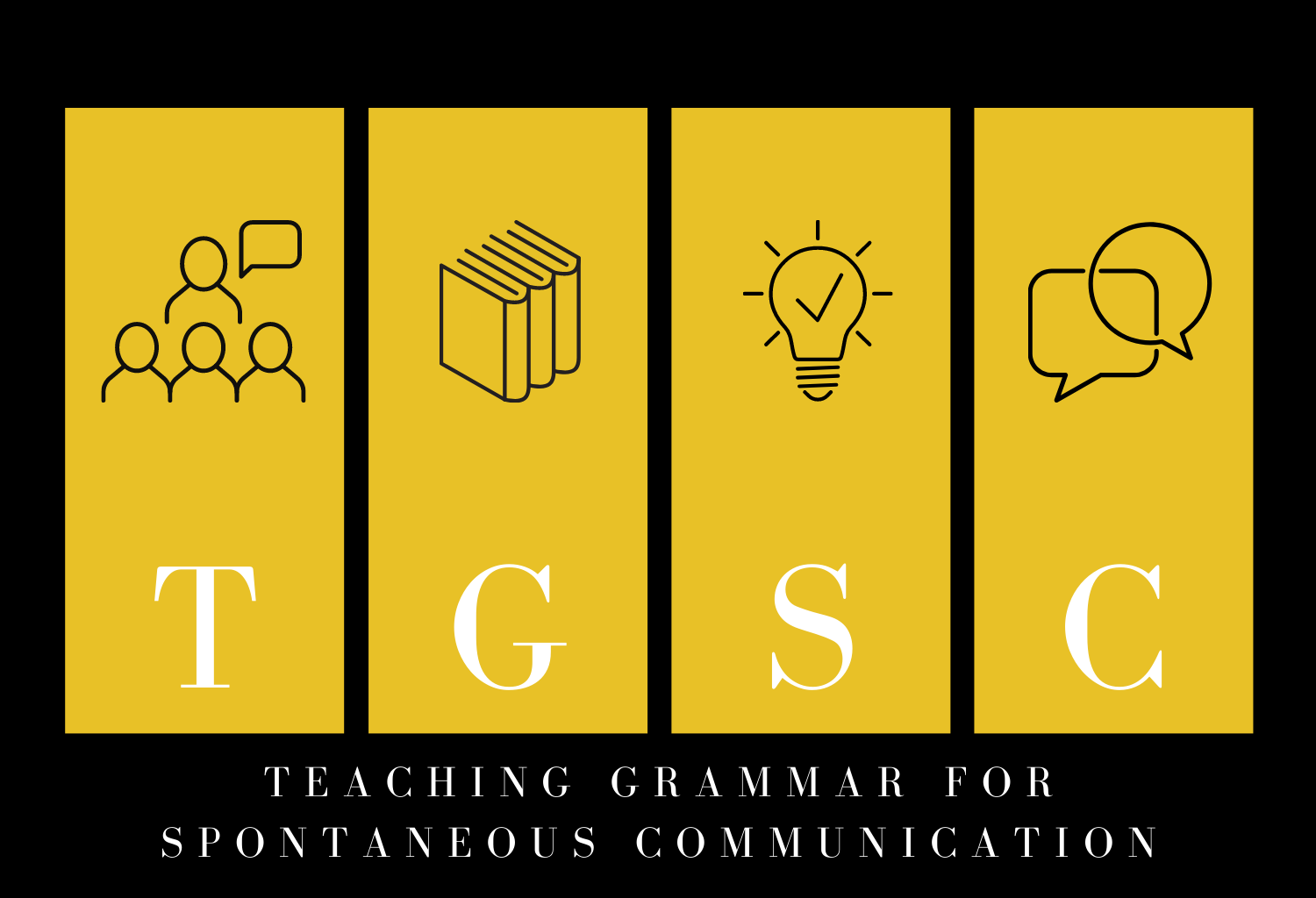When we speak our first language, we don’t usually think about what we want to say. We use the knowledge of this language unconsciously. When we learn a second language, we develop a very different kind of understanding.
Grammar is the solid foundation on which language is built. It is at the heart of spoken and written communication and allows us to be clearly understood by others.
However, grammar lessons can be often perceived as negative and burdensome. Unfortunately, many language teachers tend to teach grammar deductively adhering dogmatically to principles that were popular decades ago. The learners are told to memorize grammar rules, which causes negative feelings of passive participation. These learners usually fail to communicate effectively and spontaneously outside the classroom despite having considerable knowledge of grammar rules.
There is a famous quote by Winston Churchill who once said, “Personally, I am always ready to learn, although I do not always like being taught.” This is how many of our students see learning and development.
On the other hand, another popular approach emphasizes the importance of meaningful interaction, which mirrors the process of language acquisition children go through when they learn their first language. The most obvious drawback of this teaching technique is that students usually fail to communicate their message correctly because many grammatical features cannot be taught without explicit instructions. In addition, adult learners have limited time to acquire a second language.
TGSC project (Teaching Grammar for Spontaneous Communication) is aimed at teachers of a second language. The main goal of the project is to show teachers how to make the smooth transition between a learning stage where a new grammar rule is merely understood and a more advanced stage where the grammar rules can be used quickly and correctly in real-time communication.
It is exceedingly important to remember that the aim of grammar lessons is not to develop an understanding of complex rules. What language teachers seek in grammar lessons is to help learners attain a good command of grammar so that they can speak fluently and accurately when using the second language.
Grammatical knowledge for spontaneous communication (GKSC) can be defined as grammatical knowledge that can be accessed with speed and cognitive ease for the purposes of participating in real-time communication.
Two main outputs developed through the project, the Handbook on TGSC and Curriculum, contain a wide range of practice activities available to language teachers that can contribute to the development of GKSC in different ways.
First of all, we place great emphasis on the role of explicit knowledge. The learners cannot be expected to use the target feature, which can be prepositional phrases or the passive voice, with accuracy during the practice if the explicit knowledge has not been established before. Only in this way can they monitor their speech in real-time and make necessary adjustments.
Once learners developed explicit knowledge, practice can start. Grammar practice includes a variety of activities which can help towards the development of GKSC (Grammatical Knowledge for Spontaneous Communication) in different ways. Some of them are better suited for the early stages of learning whereas others are more suitable for later stages.
We distinguish two kinds of grammar practice activities: knowledge-oriented and targeted communicative activities. The function of knowledge-oriented activities is to help consolidate accurate explicit knowledge in preparation for later practice. The function of targeted communicative activities is to give learners the practice they need in preparation for spontaneous, fluent communication in everyday settings. This way, knowledge-oriented activities are provided as preparation for targeted communicative activities, and targeted communicative are provided as preparation for communication outside the classroom.
The main role of knowledge-oriented activities, which are often mechanical repetitive grammar exercises, is to help learners at the initial stage. It might be exceedingly difficult to gain a solid understanding of a new grammar rule in the beginning. The knowledge is still fragile and inaccurate, but clear and precise explanations can easily trigger self-correction. However, these activities should not become overly repetitive, as this could compromise the learner’s engagement. For this reason, it may be appropriate to spread these activities over several lessons.
Knowledge-oriented activities should also provide opportunities for corrective feedback. Errors are highly likely to occur at this stage of practice, and corrective feedback can help learners adjust their understanding. It is also important to remember that knowledge-oriented activities should not involve much time pressure because access to the relevant explicit knowledge may still be slow and effortful. Written grammar activities, as well as oral drills, can make ideal knowledge-oriented activities.
Once explicit knowledge is accurate and robust, the targeted communicative practice stage can begin. Targeted communicative activities will help learners develop the ability to use target grammatical structures with speed, minimal attention and effort. The term covers a range of activities that are designed to be carried out in pairs or small groups. They include dialogues, interviews, information-gap activities and opinion-sharing activities. These activities are usually engaging and interactive. They should be designed well to prepare learners for fluent, spontaneous communication in everyday situations. These activities are fairly demanding of attention at different levels beyond the use of grammar (e.g., the content of the message, vocabulary, pronunciation, etc.).
The attentional demands of an activity can be moderated by several factors. One important factor is time pressure. As time pressure increases, the time available to access the relevant explicit knowledge decreases and so does the attention available for focus on form. A second important factor is related to the degree of spontaneity the activity requires. At higher degrees of spontaneity, more attention will be needed to focus on the content of the message and attention available for focus on the target form will decrease. Another factor is the focus of the activity.
Targeted communicative activities should be sequenced in a way that attention available for the focus on the target feature decreases over the course of practice. We always move from easier activities towards complex ones.
The appropriate sequencing of grammar activities, adequate choice of exercises, clear and precise explanations, sufficient amount of controlled practice and constructive feedback creates perfect conditions for language learners and helps them to become better communicators.
The present article is based on the handbook “Teaching grammar for spontaneous communication”, which contains a teacher-friendly overview of the research into the development of grammatical knowledge for spontaneous communication and a compilation of sample activities and procedures that can be used in the classroom for the purposes of developing this kind of knowledge.
The link to the handbook:
The link to the site:
Proyecto – TGSC (tgsc-erasmus.site)
Daria Filimonova


No responses yet